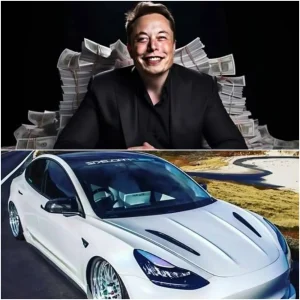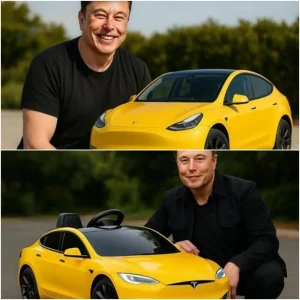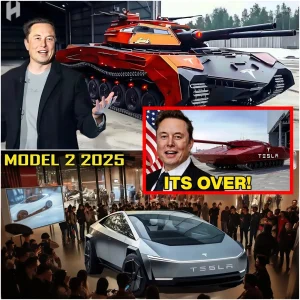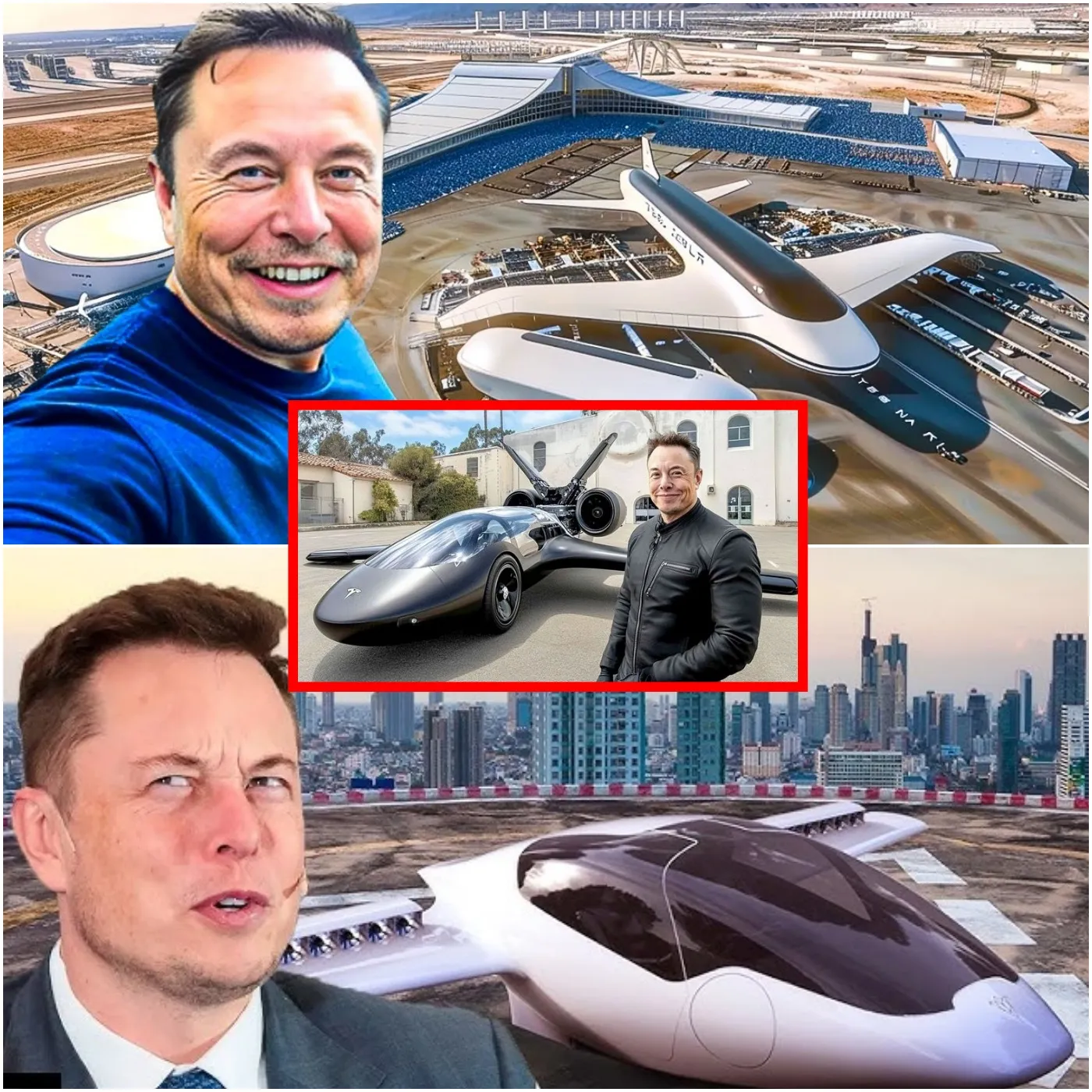
In a move that has left the world in awe, Elon Musk, the visionary entrepreneur behind Tesla, SpaceX, and Neuralink, has once again pushed the boundaries of innovation. This time, he has set his sights on the skies. Tesla’s first-ever electric plane, dubbed the “Tesla Aero,” has successfully taken flight, marking a historic moment in aviation and clean energy technology. The maiden voyage, which took place at a private airstrip in California, has stunned industry experts and enthusiasts alike, cementing Musk’s reputation as a pioneer of the future.
The Tesla Aero, a sleek, futuristic aircraft designed to run entirely on electric power, represents Musk’s latest effort to revolutionize transportation. With a wingspan of 40 meters and a lightweight carbon-fiber frame, the plane is powered by Tesla’s cutting-edge battery technology, the same that has propelled its electric vehicles to global dominance. The Aero’s advanced electric motors promise zero emissions, reduced noise pollution, and lower operating costs compared to traditional jet engines.
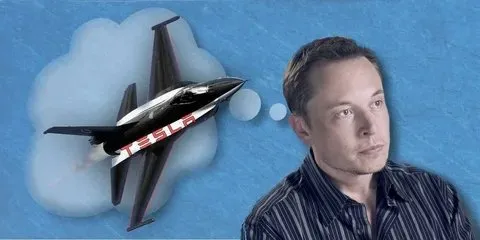
The test flight, which lasted approximately 45 minutes, showcased the plane’s impressive capabilities. Piloted by a seasoned aviator, the Tesla Aero smoothly ascended to an altitude of 10,000 feet, reaching speeds of up to 500 kilometers per hour. “It was like flying the future,” said the pilot after landing. “The plane is incredibly quiet, and the handling is unlike anything I’ve experienced before.”
Elon Musk, who was present at the launch, described the achievement as a “giant leap toward sustainable aviation.” In a brief statement to the press, he said, “The Tesla Aero is not just a plane; it’s a statement. We’re proving that clean energy can power even the most demanding forms of transportation. This is just the beginning of what’s possible.”
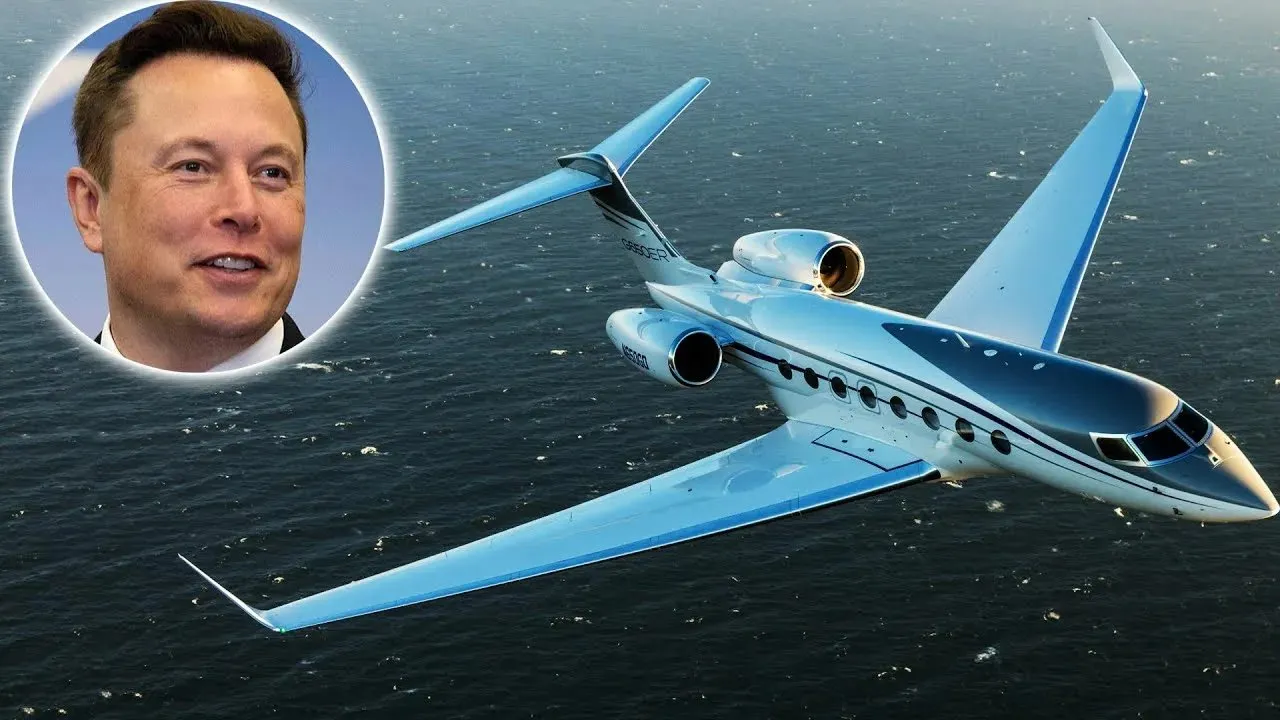
The aviation industry has long been criticized for its significant carbon footprint, accounting for nearly 2.5% of global CO2 emissions. Musk’s foray into electric aviation could be a game-changer, offering a viable alternative to fossil fuel-dependent aircraft. Industry analysts have hailed the Tesla Aero as a potential disruptor, with some predicting that it could pave the way for a new era of eco-friendly air travel.
However, challenges remain. While the Tesla Aero’s debut flight was a success, questions linger about its range and scalability. Current battery technology limits the plane’s range to approximately 1,000 kilometers, far less than conventional jets. Musk acknowledged these limitations but expressed confidence in overcoming them. “Battery technology is evolving rapidly,” he said. “We’re already working on next-generation batteries that will extend the Aero’s range and make it competitive with traditional aircraft.”
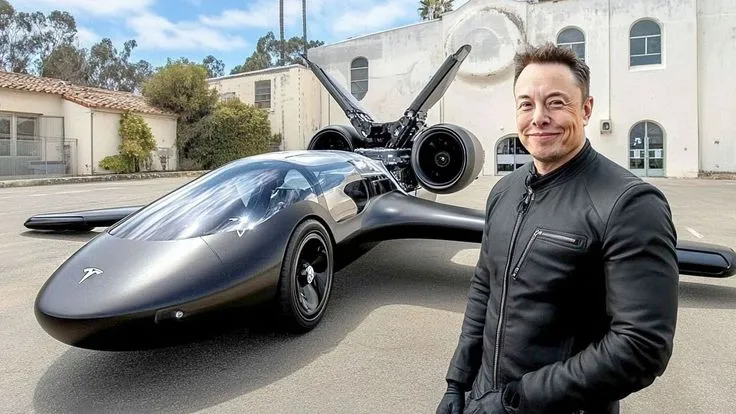
The announcement has also sparked excitement among environmental advocates, who see electric planes as a critical step toward reducing the aviation industry’s environmental impact. “Elon Musk’s vision aligns perfectly with the urgent need to decarbonize air travel,” said climate activist Al Gore. “The Tesla Aero is a bold and necessary innovation.”
As with all of Musk’s ventures, the Tesla Aero has not been without its skeptics. Some industry experts caution that widespread adoption of electric planes could take decades, citing regulatory hurdles, infrastructure requirements, and the high costs of development. Nevertheless, Musk’s track record of turning ambitious ideas into reality has left many hopeful.
The Tesla Aero’s successful test flight is a testament to Musk’s relentless drive to innovate and his commitment to a sustainable future. While the road ahead may be challenging, the world is once again watching as Musk dares to leap into uncharted territory. Whether the Tesla Aero becomes the future of aviation or simply a stepping stone, one thing is certain: Elon Musk has once again stunned the world, proving that the sky is no longer the limit.
